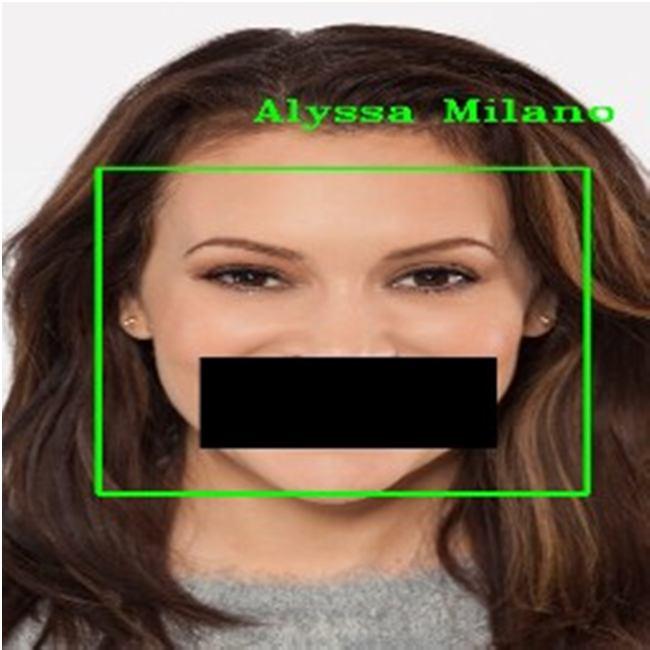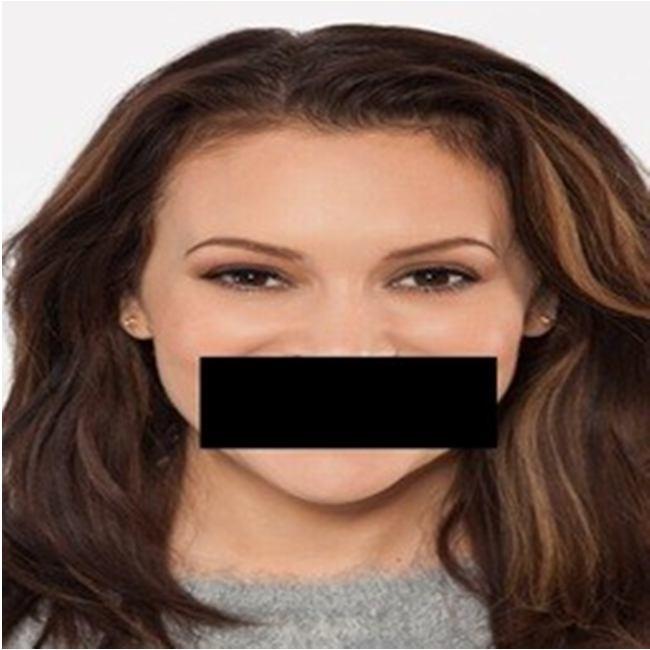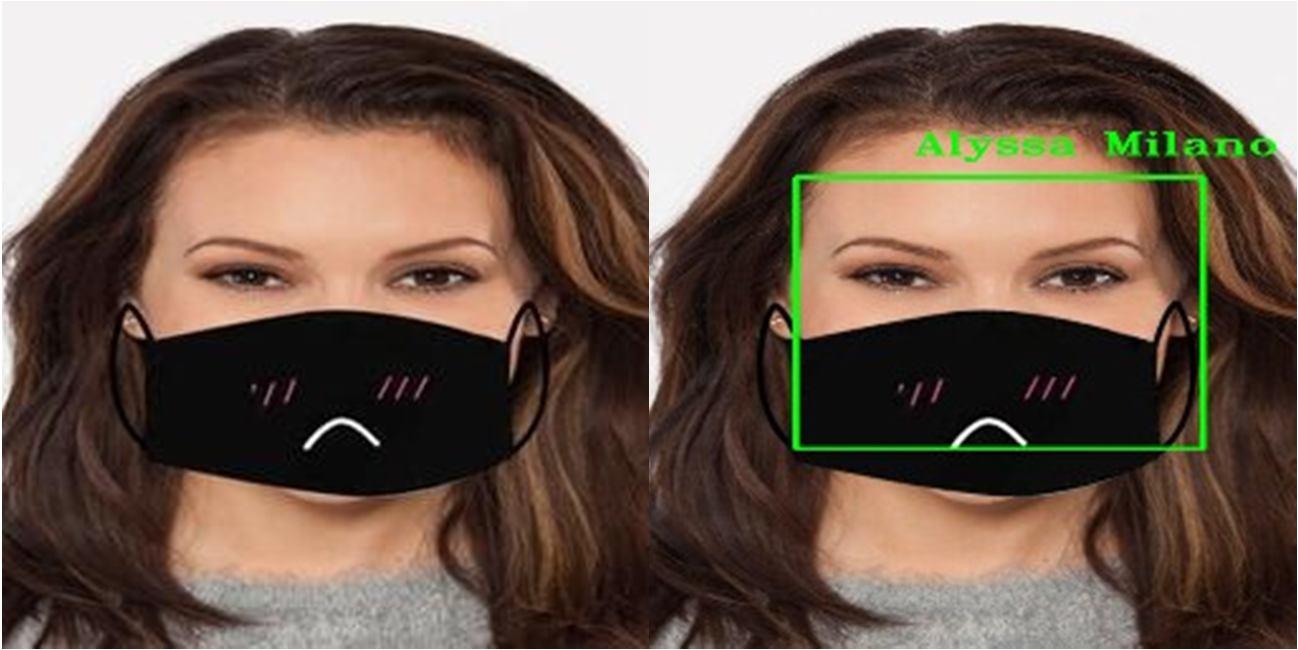
1 minute read
International Journal for Research in Applied Science & Engineering Technology (IJRASET)

ISSN: 2321-9653; IC Value: 45.98; SJ Impact Factor: 7.538
Advertisement
Volume 11 Issue III Mar 2023- Available at www.ijraset.com
Face recognition on videos is same as recognising face on images. Videos are formed by a number of still images, called frames. So, initially we take a frame from a video and predict the face detected on that frame and display the result. Looping through all the frames, if we can predict the result faster than the fps, then we can show the images with the original fps of the video in real time. Otherwise, the real time video will be slowed, meaning lower fps.
IV. CONCLUSION
The accuracy over the different test sets can be further improved using augmen- tation. We aren’t able to increase the augmentation dataset size due to limited memory. In some cases, OpenCV wasn’t able to detect a face in an image, we have solved this issue with the face-recognition library. We also observed that complexity of the CNN model affects the performance on predicting the face or recognising the face. Our model and python code can alsobe used to detect and predict multiple faces in an image or video.








